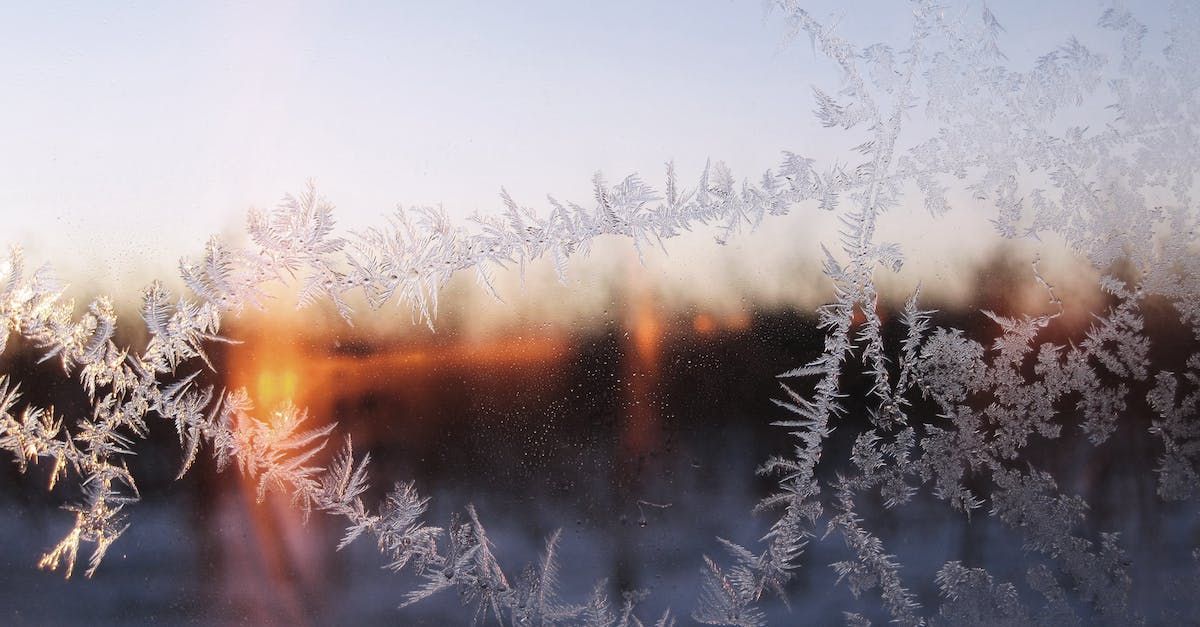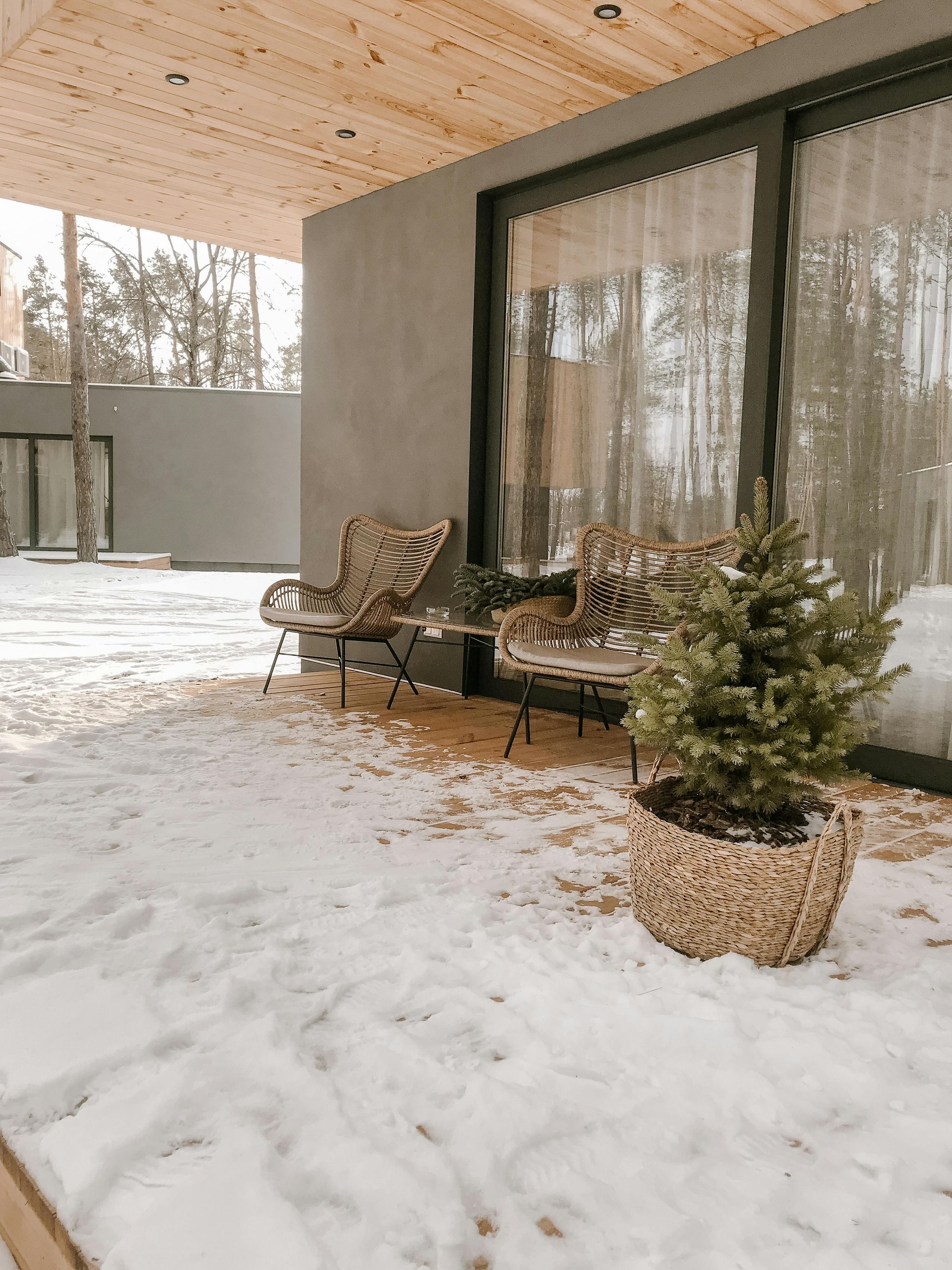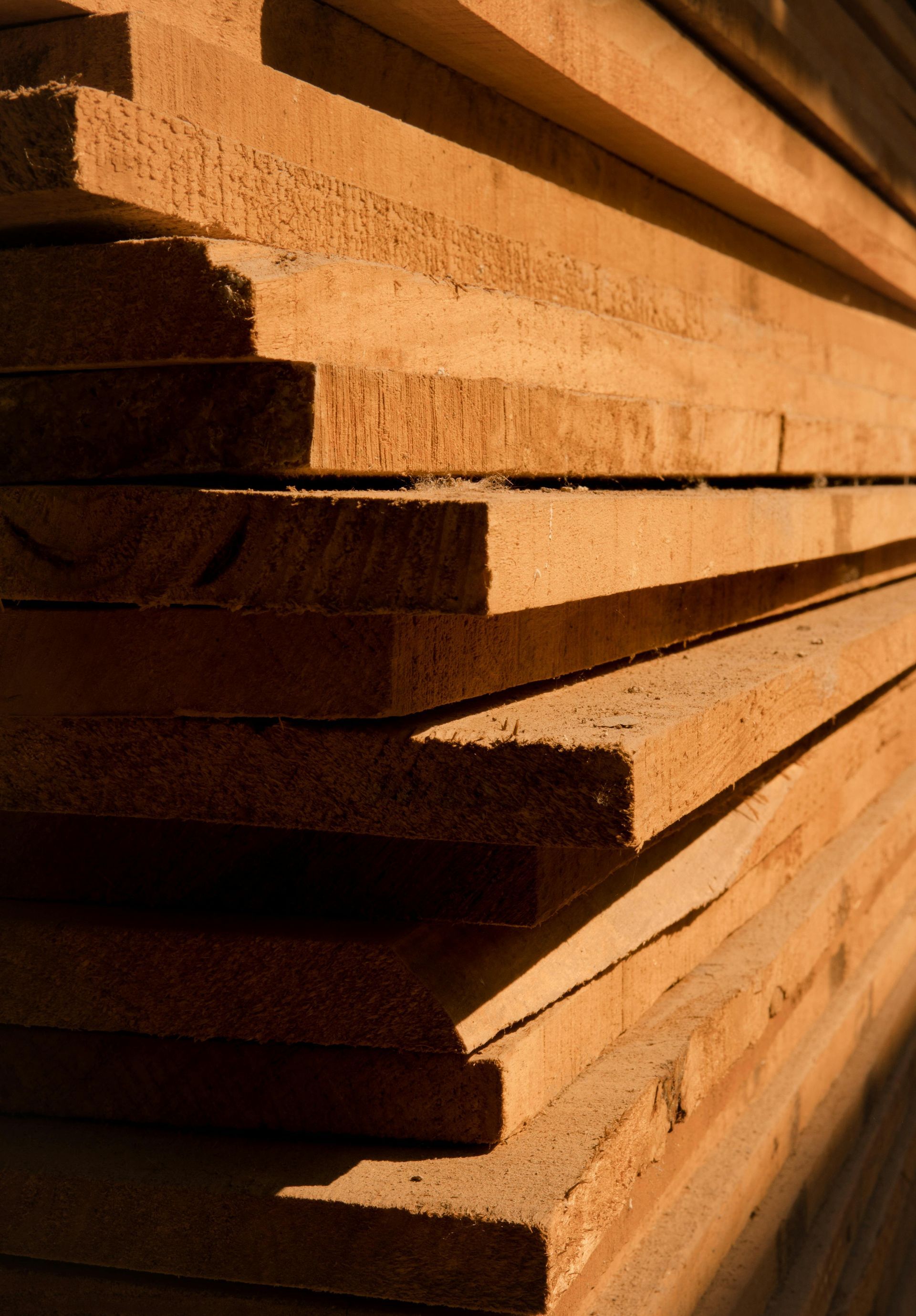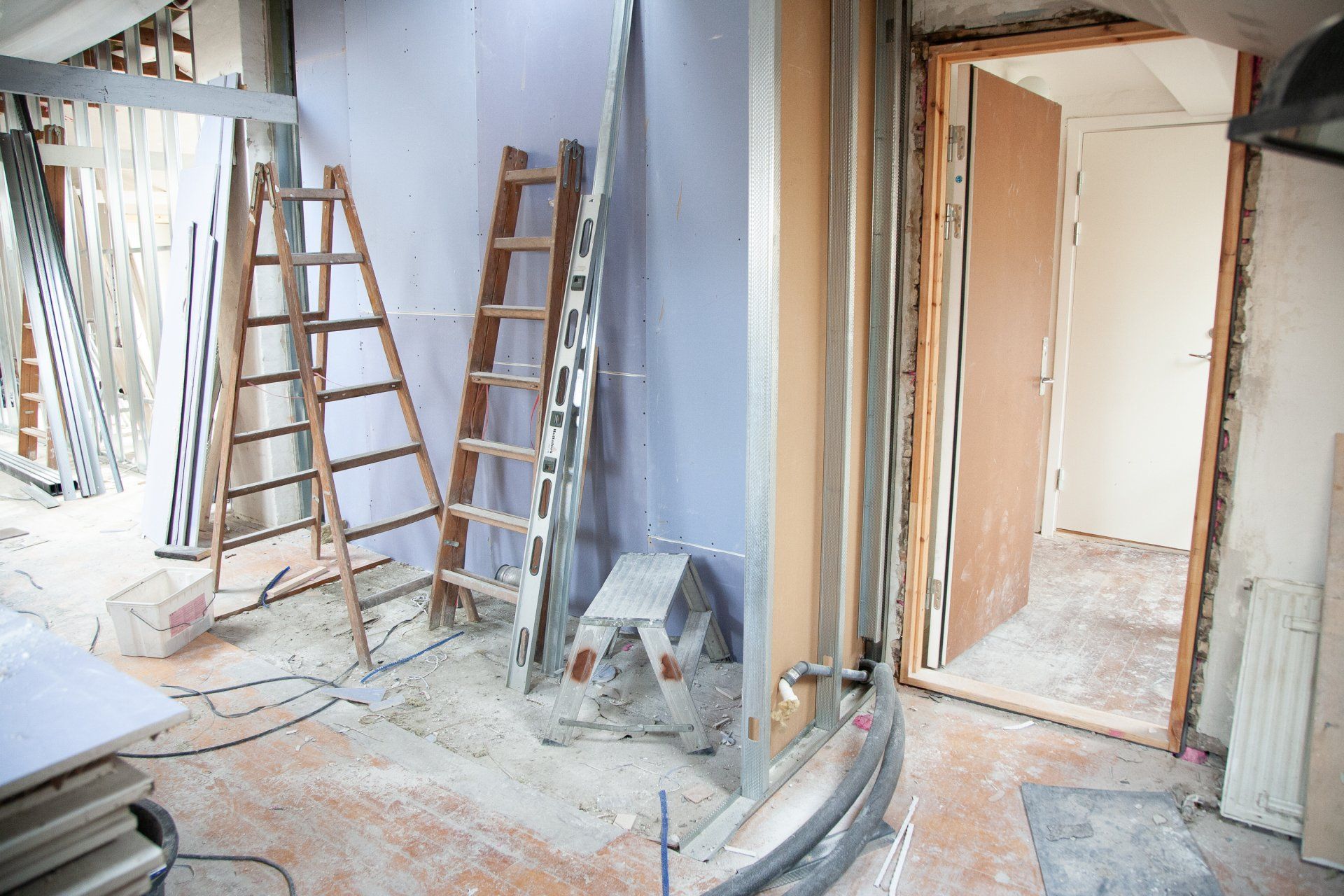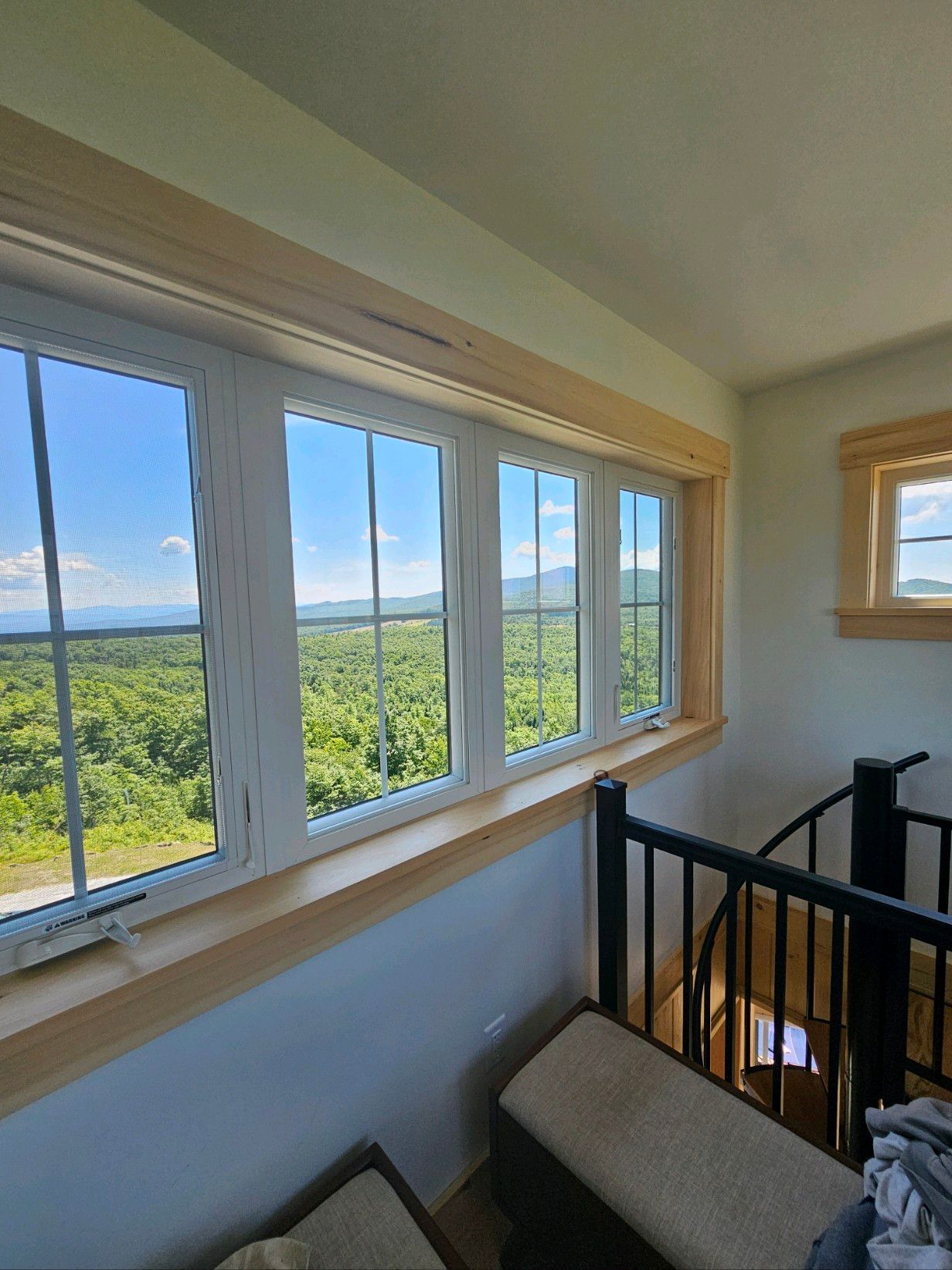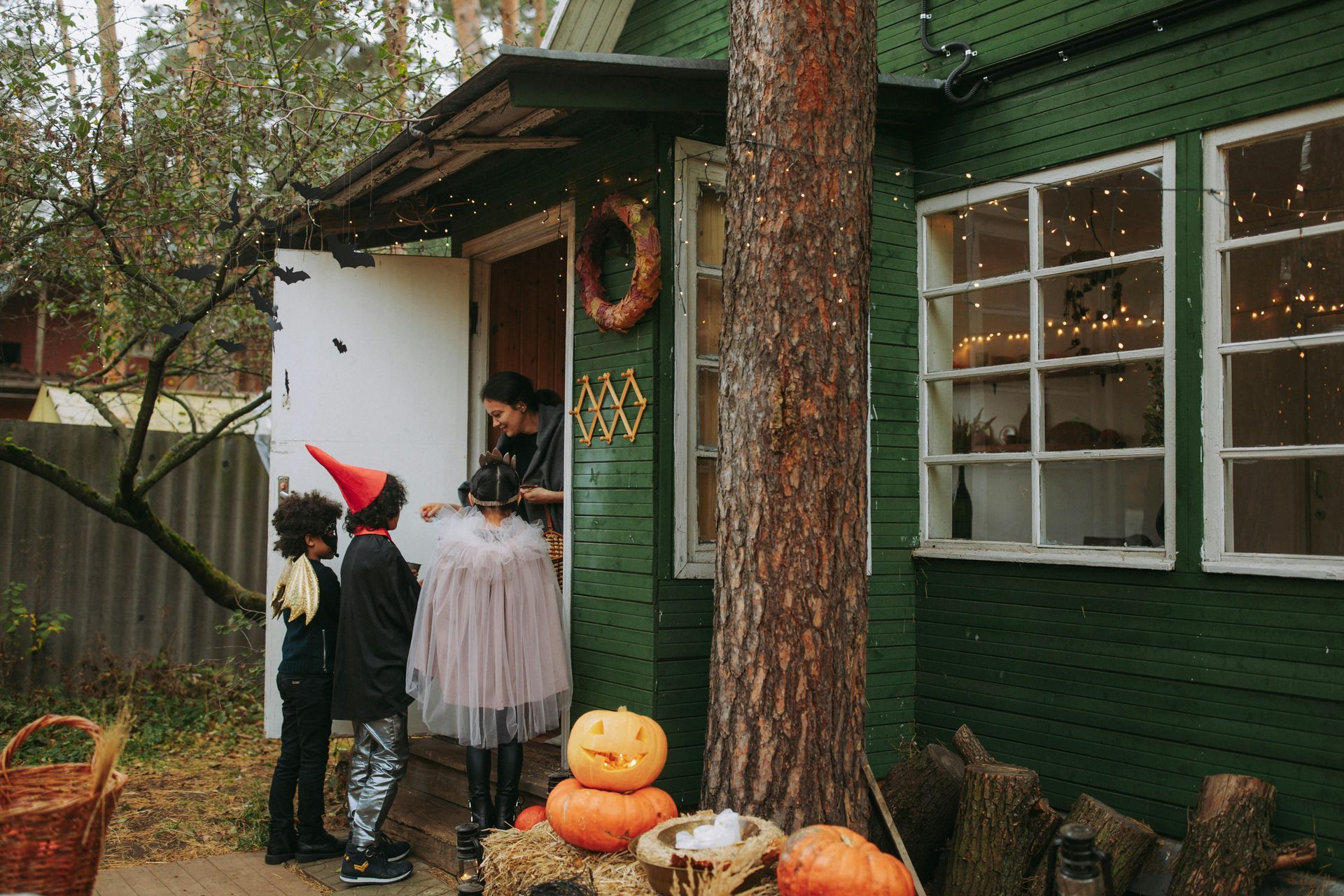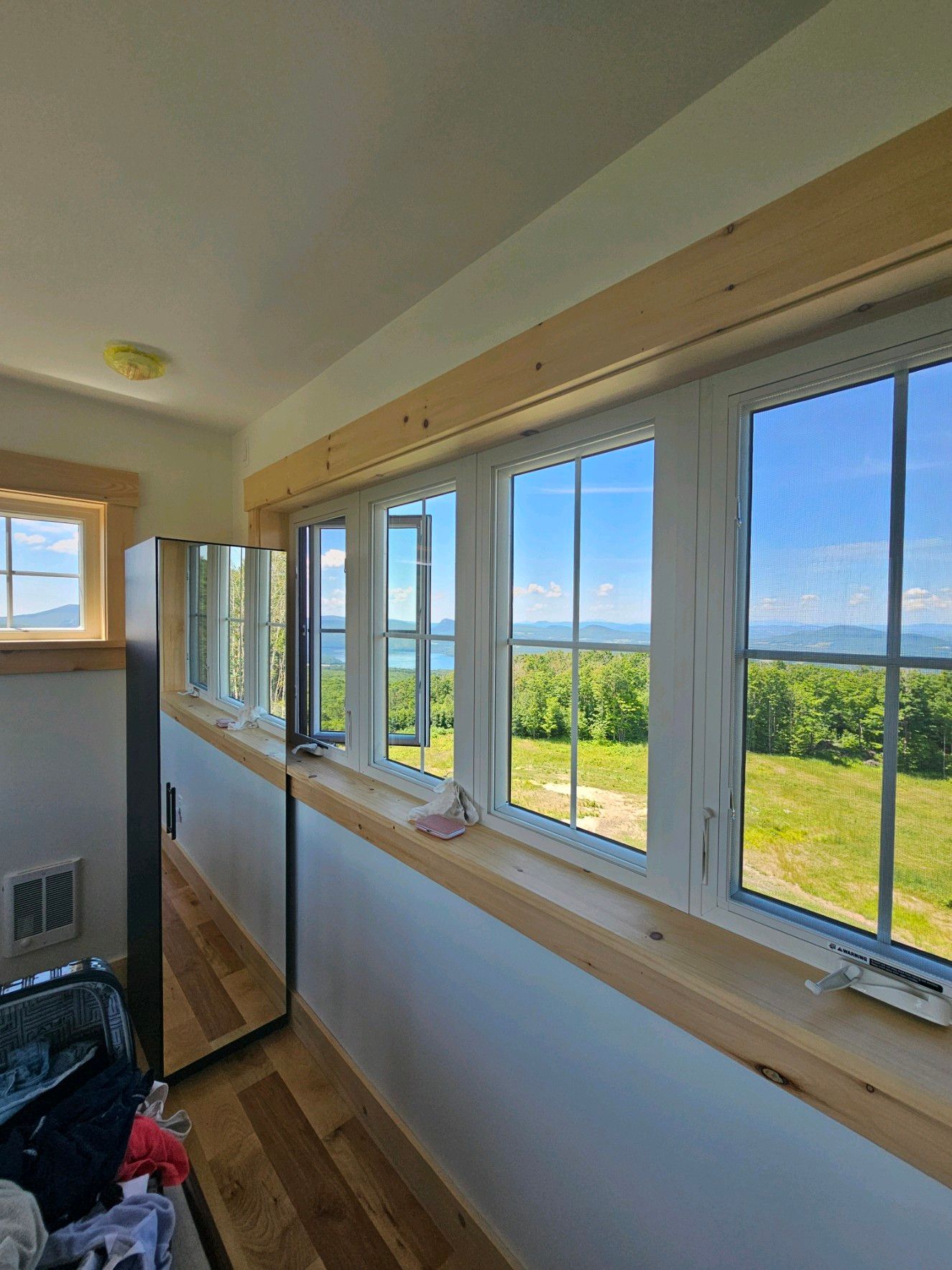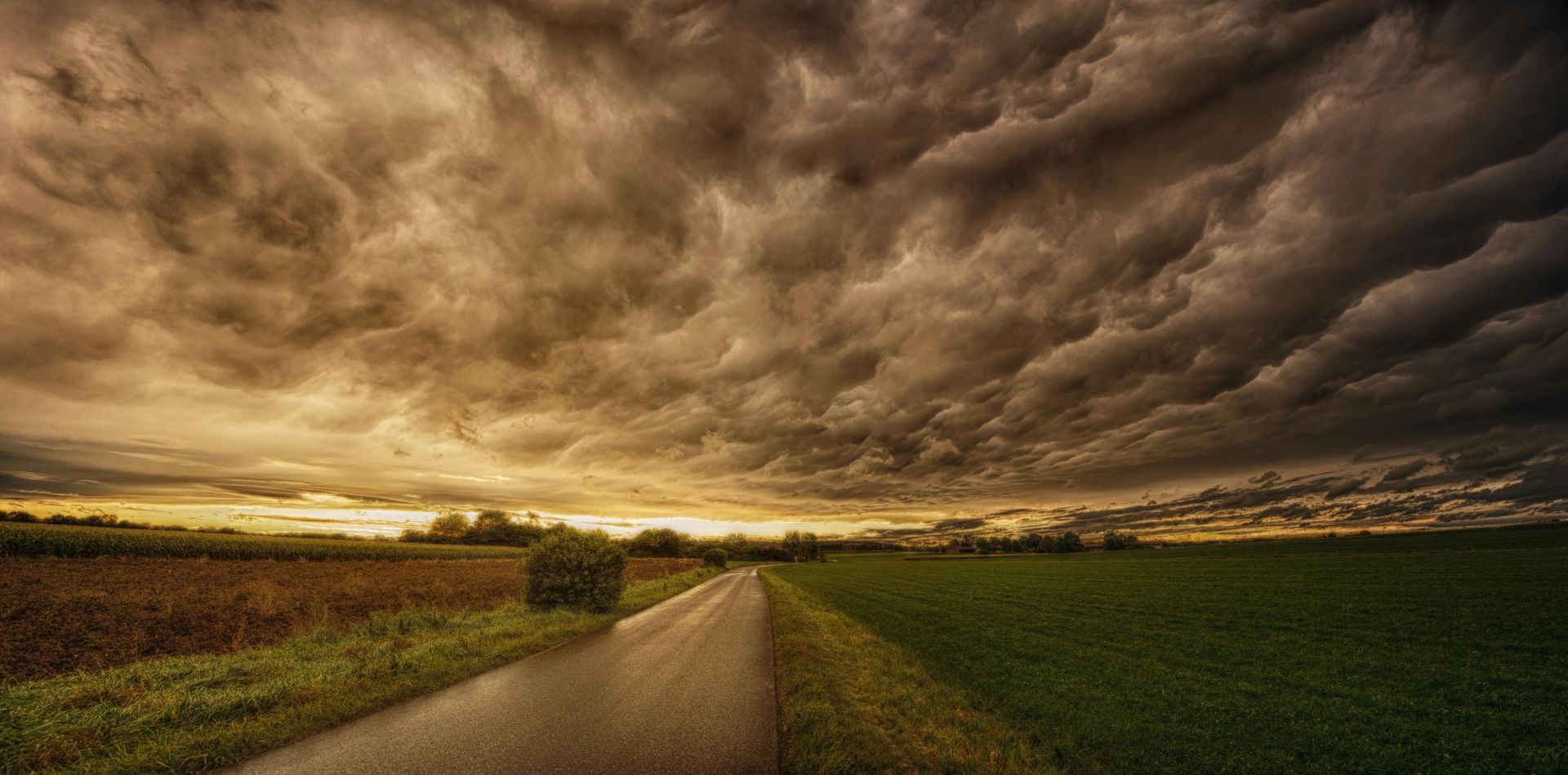Autumn Maintenance Tips
Fall maintenance to keep your house in shape and help keep you warm this winter
- Regularly clean gutters and downspouts. Make sure all drainage areas are unblocked by leaves and debris. Consider installing gutter guards to make the job a lot easier.
- Use a screwdriver to probe the wood trim around windows, doors, railings and decks. Use caulk to fill the holes or completely replace the wood.
- Lower humidity and cooler (not yet cold) temperatures make fall a good time to paint the exterior of your home.
- Inspect your roof, or hire a licensed professional to examine your roof for wear and tear. If the shingles are curling, buckling or crackling, replace them. If you have a lot of damage, it's time to replace the entire roof. Also, check the flashing around skylights, pipes and chimneys. If you have any leaks or gaps, heavy snow and ice will find its way in.
- To prevent exterior water pipes from bursting when the weather gets below freezing, turn off the valves to the exterior hose bibs. Run the water until the pipes are empty. Make sure all the water is drained from the pipes, if not; the water can freeze up and damage the pipes.
- Have your wood-burning fireplace inspected, cleaned and repaired to prevent chimney fires and carbon monoxide poisoning.
- Wrap water pipes that run along exterior walls with heating tape. It will save energy and prevent them from freezing.
- Clean and replace filters in your furnace or heating system. Contact a licensed heating contractor to inspect and service your gas heater or furnace to avoid carbon monoxide poisoning. Your local utility company will often provide this service for free.
- If you use a hot water system for heating, drain the expansion tank, check the water pressure, and bleed your radiators.
- Check the attic to make sure the insulation is installed properly. The vapor barrier on insulation should face down toward the living space. If it is installed incorrectly (with the vapor barrier facing up) then the insulation will trap moisture causing possible water problems. Cut slits in the vapor barrier to allow moisture to escape. To install attic insulation, unroll the insulation with the paper side out. Install small pieces of insulation between the joists on the attic floor. Be careful not to step between the joists.
- The change in temperature and humidity and normal wear and tear can cause window seals to crack and shrink. Check your windows and doors inside and out for leaks and drafts. Caulk cracks or install weather stripping around windows and doors, including the garage door. Replace screens with storm windows and clean them if needed.

- Fall is the perfect time to divide or move perennials. Remove dead annuals and mulch hardy perennials. Annuals typically die when temperatures drop below freezing. But perennials often appear as though they too have bitten the bullet. That's because their top growth dies back, although in most cases the root ball is hardy enough to survive even extreme temperatures, especially if it's covered with a layer of mulch.
- The best time to mulch perennials is after the first hard freeze. Just make sure you don't cover the crown or center of the plant, because that can lead to rot.
- Clean garden tools before storing for the winter.
- Trim dead branches out the trees to prevent them from coming down and causing damage in a winter storm.

- Rake up the thick layers of leaves that settle on lawn surfaces. Large leaves in particular, especially when they get wet, can compact to the point where they suffocate the grass below and lead to all kinds of insect and disease problems. So it's a good idea to routinely rake or blow them off the lawn or, better yet, use a mulching mower to shred them into fine pieces.
- Put the raked leaves in the compost pile or use as a mulch. Whatever you do, don't waste fallen leaves because they're an excellent source of nutrients and organic matter. You can also add them to flower beds to put a winter blanket on your garden.
- Fall is a good time to aerate your lawn; it will allow moisture and nutrients to get into the roots. When you're done, spread fertilizer then grass seed.
- This will be the ideal time to sow cool-season grasses such as fescue and rye - it will give them the opportunity to germinate and develop a good root system before freezing temperatures arrive. It's also the right time to fertilize turf grasses, preferably with slow-release, all-natural fertilizer. When given adequate nutrients, turf grasses have the ability to store food in the form of carbohydrates during the winter months. That will mean a better-looking lawn come spring.
- Pests love attics because they are full of nice warm insulation for nesting, and they offer easy access to the rest of the house. With gable vents that lead into the attic it is a good idea to install a screen behind them to keep those critters out.
- Even after closing off those entryways, pests can still find a way in. The first place to check for any unwanted guests is under the kitchen cupboards and appliances.
- Each fall, check carbon monoxide detectors and smoke alarms and put in fresh batteries. These are very important detectors to have in a home. A smoke alarm can save lives in a house fire. A carbon monoxide detector can also save lives if a home has oil or gas-burning appliances, like a furnace or water heater.
- Carbon monoxide is an invisible, odorless byproduct of burning oil or natural gas, and it can be deadly. For just a few dollars, a carbon monoxide detector will sound an alarm if the levels get too high.
- Always install carbon monoxide detectors according to manufacturer's instructions. Generally they should be installed near each potential source of carbon monoxide, and within ear shot of the living and sleeping areas.


